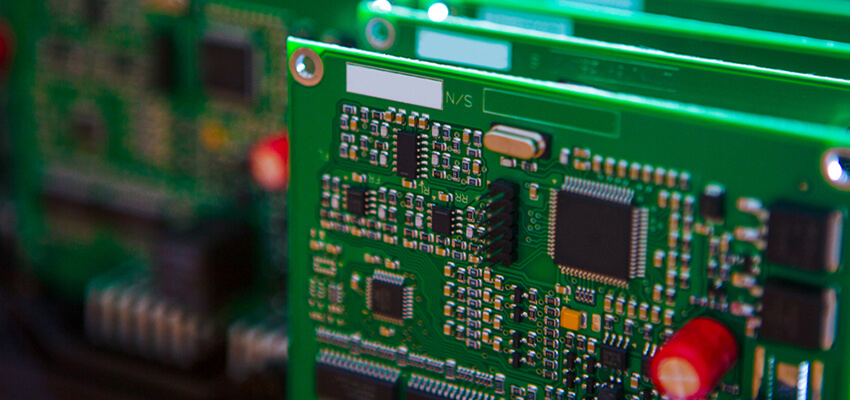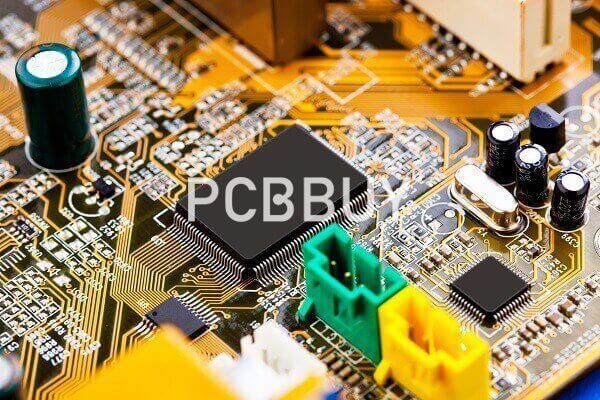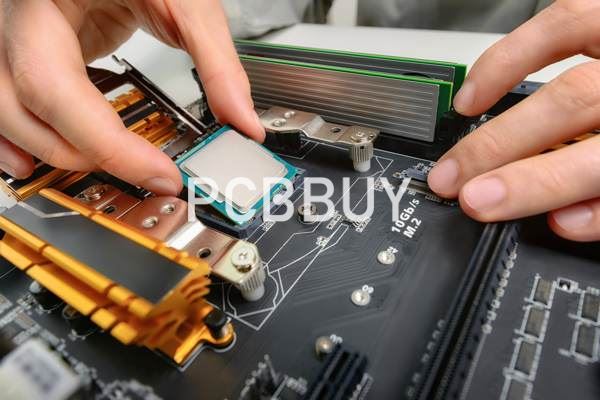How to measure PCB trace resistance?
By:PCBBUY 06/05/2021 18:02

Every each material in the universe has resistance alongside other parasitic properties. PCB trace resistance is one of the crucial factors that need to be calculated and analyzed during the design stage. Although copper is the most used material in the printed circuit boards, it comes with different compositions and properties. The PCB trace resistance may lead to various design and implementation issues. The issues increase with the increase in the circuit complexity.
In this passage we will talk about the details and methods of measuring PCB trace resistance, please check the content below for more information.

What is the calculation in PCB trace resistance?
Calculating the PCB trace resistance is as simple as using the ohms law with the known parameters. Most design suits and development environments have integrated PCBs trace resistance calculator, which can estimate the resistance of the final copper trace on the board by providing the required and manufacturing profiles. And the calculator uses a standard formula to calculate the opposition so it will be constant universally.
R = (ρ * L / (T * W)) * (1 + α * (TAMB – 25 °C))
L W and T represent the physical area of the trace height width and length. ΡCB represents the resistivity of the material, and α represents the temperature coefficient of the copper. But all of this calculation can only determine a close enough approximate value. The physical cost after production will vary slightly.
How do you Calculate Trace Resistance?
Specific formulas printed circuit boards all share in common to operate on a base level. If any part of this formula is wrong, there is not even any tracking resistance. One widespread mistake people make when it comes to detecting PCB trace resistance is that they have no idea how to calculate it.
Visualizing the Printed Circuit Board
Before revealing and analyzing this formula, we need to know what a conventional circuit board looks like, or at least on the surface. The most common circuit boards possess a thin layer of copper that is .009 mm and .38mm in thickness. The most common PCB traces are either 1 oz in weight or .03mm in height.
The PCB Trace Resistance Equation
Now that we know what a standard circuit board looks like, now we can present the formula and put this together. The method to calculate any conductor is:
R = P × area. Each variable is assigned as follows:
R – Resistance.
P – Resistivity of any given material.
Let's use this formula to determine the resistance of pure copper, heated to 25°C.
Pure copper's resistivity rate at this particular temperature is 1.724. Knowing this, we need to multiply it against the area, which can range from 6-10 ohms per centimeter.
Here's another example: Say we have an area of .375mm. If we multiply this by the resistivity, we'll get a resistance of 100 ohms, which would yield 20 ohms per centimeter. It is a small value, but because this formula is not perfect, it could result in some variance. It is one thing that can affect accuracy in PCB trace measurements.

How to apply the PCB trace resistance equation?
Another example of how this can play out is in resistance based current sensing circuits in power systems. If the sense resistor is 1 ohm and you use the same .025mm trace, the system will measure the resistance at 1100 ohms instead of the preferred 1000 ohms. That is quite a difference, and it can lead to a weaker currency than expected or even necessary.
There do exist ways to work with the trace width that does not involve complicated calculations. These solutions can save much time, and you should consider before performing more complex calculations. You can regard these options to determine the trace width without needing to calculate the PCB trace width.
The first of these can be done by merely eyeballing the width and increasing or lower it to see what kind of circuits are connected to it properly. It will do a couple of things. First, it will increase the area of copper, giving you a bit more room for experimentation with different ohm levels. Second, it will reduce the resistance of the copper on the board. It will also allow for a bit more testing to determine a proper trace width.
For grid array packages, this is not an option. The option here would be to use a thicker copper layer and place it along with the original circuit board. It will increase the area and reduce resistance. One thing that should be made aware of about this is that using a thicker copper layer does require that you purchase the proper materials that are needed to create a more adhesive copper layer. It will cost some money.
Industry Category











